All aboard… Let’s travel back in time to see the future Marais Poitevin as it drains and dries up!
Excuse me please, where is the Marais Poitevin? Really, we’re already there?
So you didn’t expect the Marais Poitevin to look like this? Rest assured, neither do most of the people I meet every day…
That’s right, Green Venice is only part of the story! Two thirds of the Marais Poitevin are made up of dry marshland, zones that have practically no trees and are protected from flooding by dykes. For centuries, these vast flat stretches have been used for farming!
For a better understanding of the diversity of landscapes of the Marais Poitevin, I recommend you put the traditional picture postcard aside for a while and visit the Maison du Maître de Digues (dike supervisor house) at Chaillé-les-Marais. All will be explained! Because the marshes are first and foremost a story of man’s attempt to tame and organise nature to serve his needs.
Let’s go back in time a little…
Surprise number one: theGolfe des Pictons! When you look at this map, you realise that 6,500 years ago, the Marais Poitevin was nothing but a huge ocean-water basin, from which only a few islands emerged. Over the centuries, these former islands were the first dwelling places chosen by people concerned about their homes staying dry. (Smart, no?) The village of Chaillé-les-Marais, for example, was one of those islands.
I won’t go into further detail (or spoil any more surprises), but you’ll learn how the Marais Poitevin was built from the sweat and blood of men who wielded simple wooden spades, starting as far back as the Middle Ages! A flight in a hot-air balloon or other flying machine, to fully appreciate the extent of this colossal work. Indeed, the region is criss-crossed with dykes and canals. It’s amazing how the planners of the 17th century managed to dig miles and miles of canals in perfectly straight lines, without any of the modern means we have today!
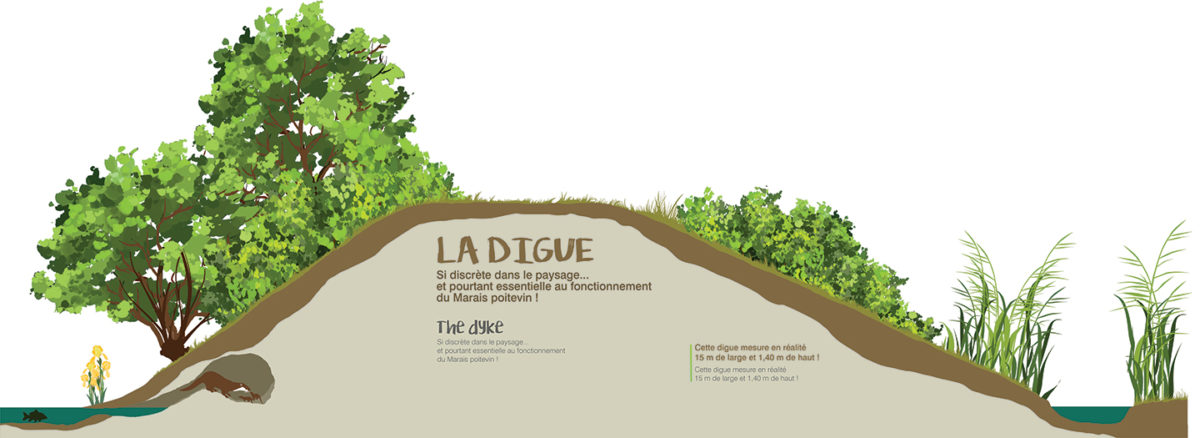
One person you absolutely must meet: the Dike supervisor!
Oops, I forgot to mention… That occupation died out in 1970. But you might well come across the local guide. Have you guessed? That guide is me!
A little bonus at the Maison du Maître de Digues:
The children won’t get bored because the museum also portrays 19th-century activity in the Marshes (How on earth did they managed without smartphones???) and, from April to September, presents some local animal breeds: the Poitou donkey and the Poitou goat. With the help of a game booklet, they’ll have fun as they explore the site, lifting objects, smelling odours, turning handles, etc. Will they be able to find Margaux, the water fairy?
Come along, follow me for a guided tour in costume, it’s a Guaranteed change of scene!

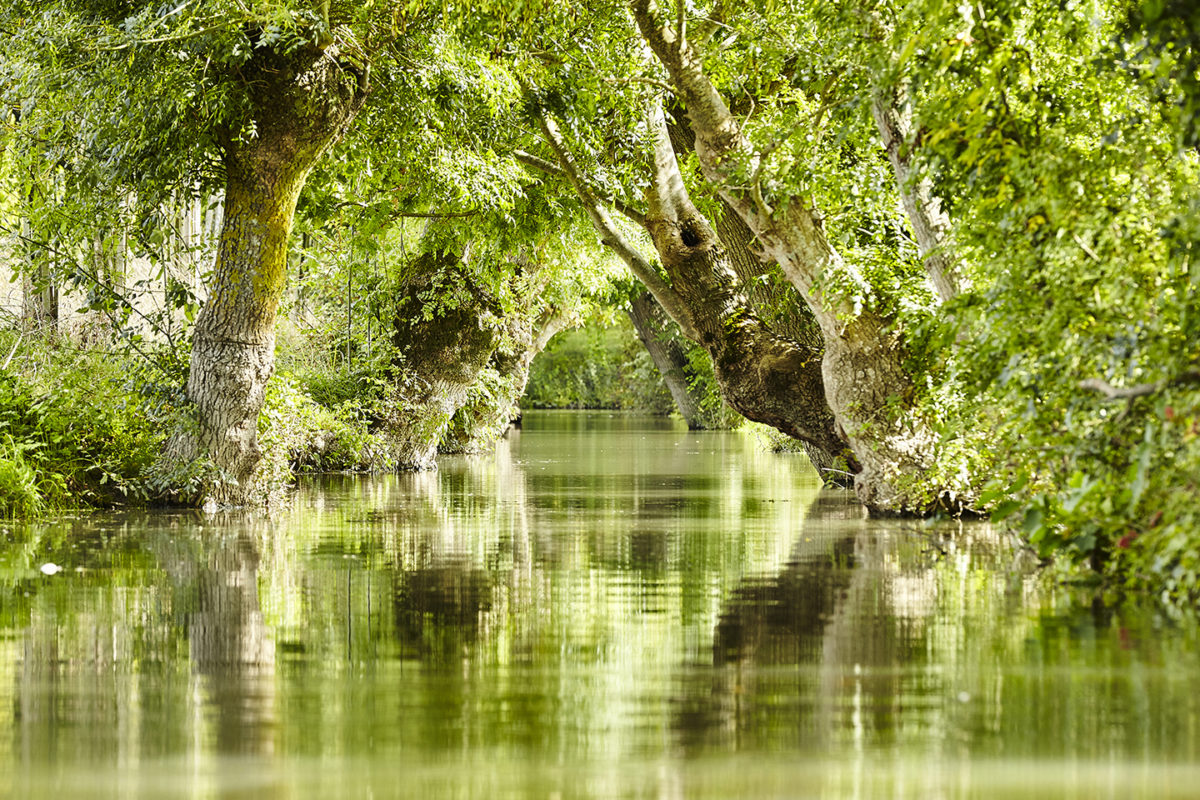
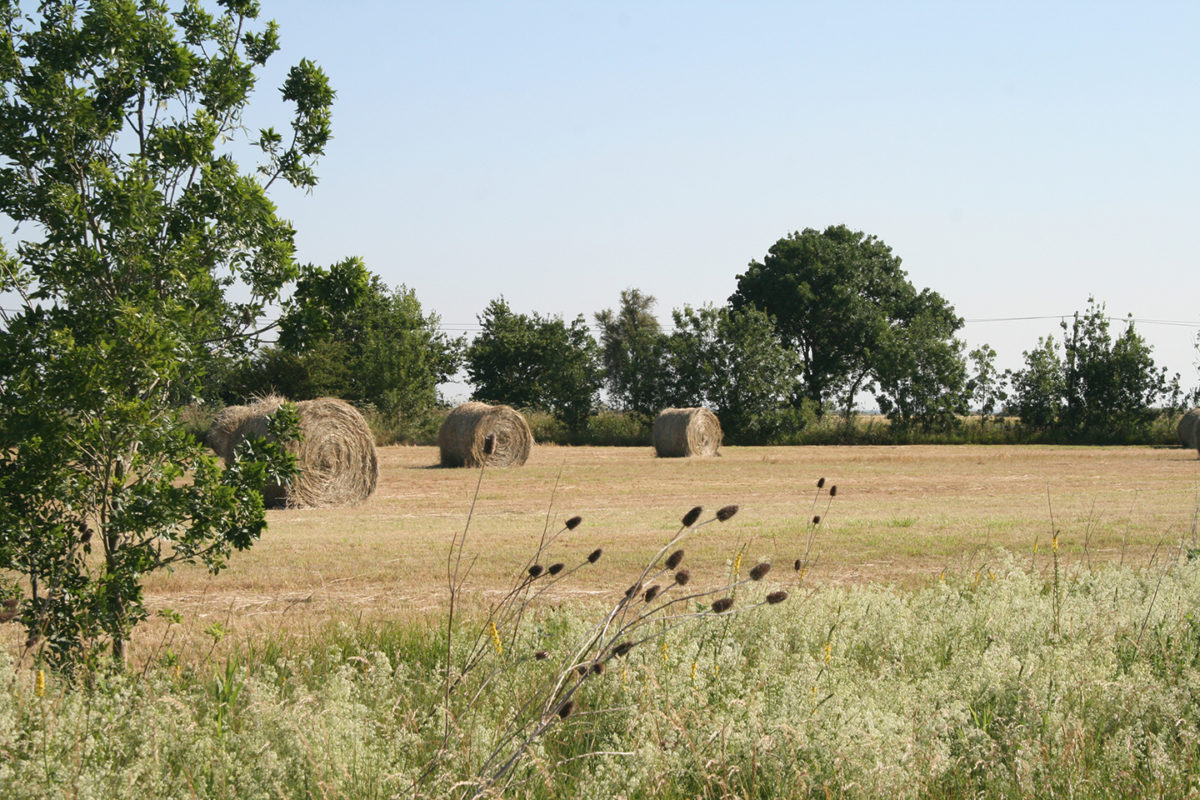
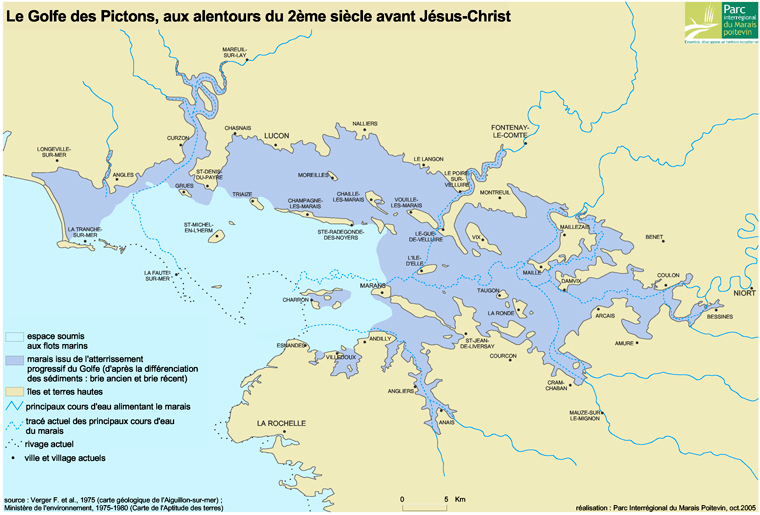
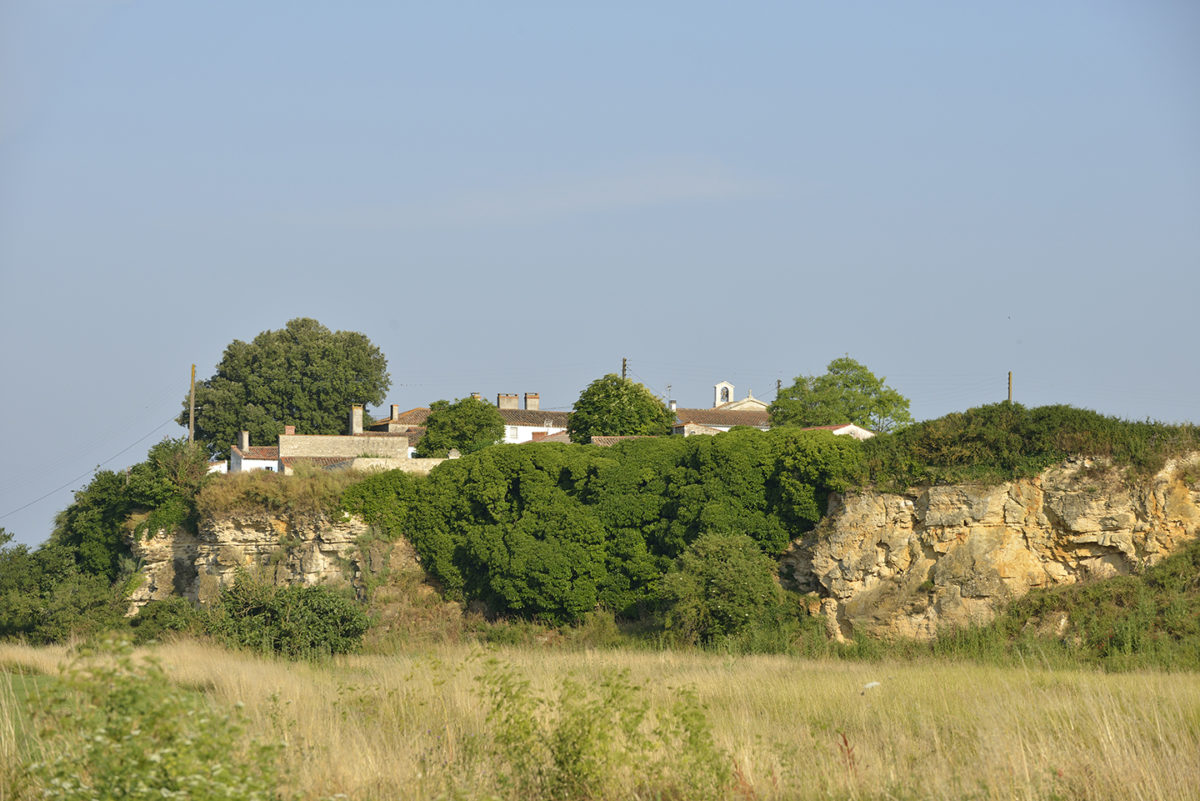
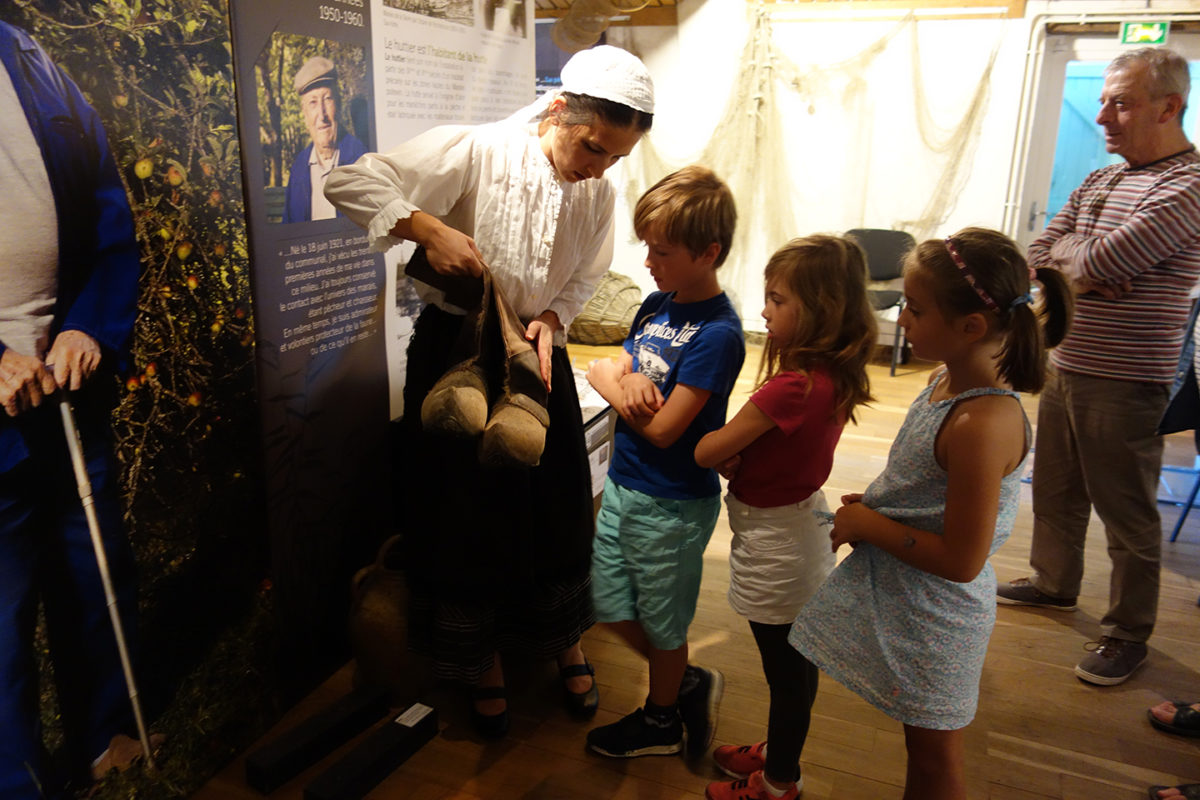
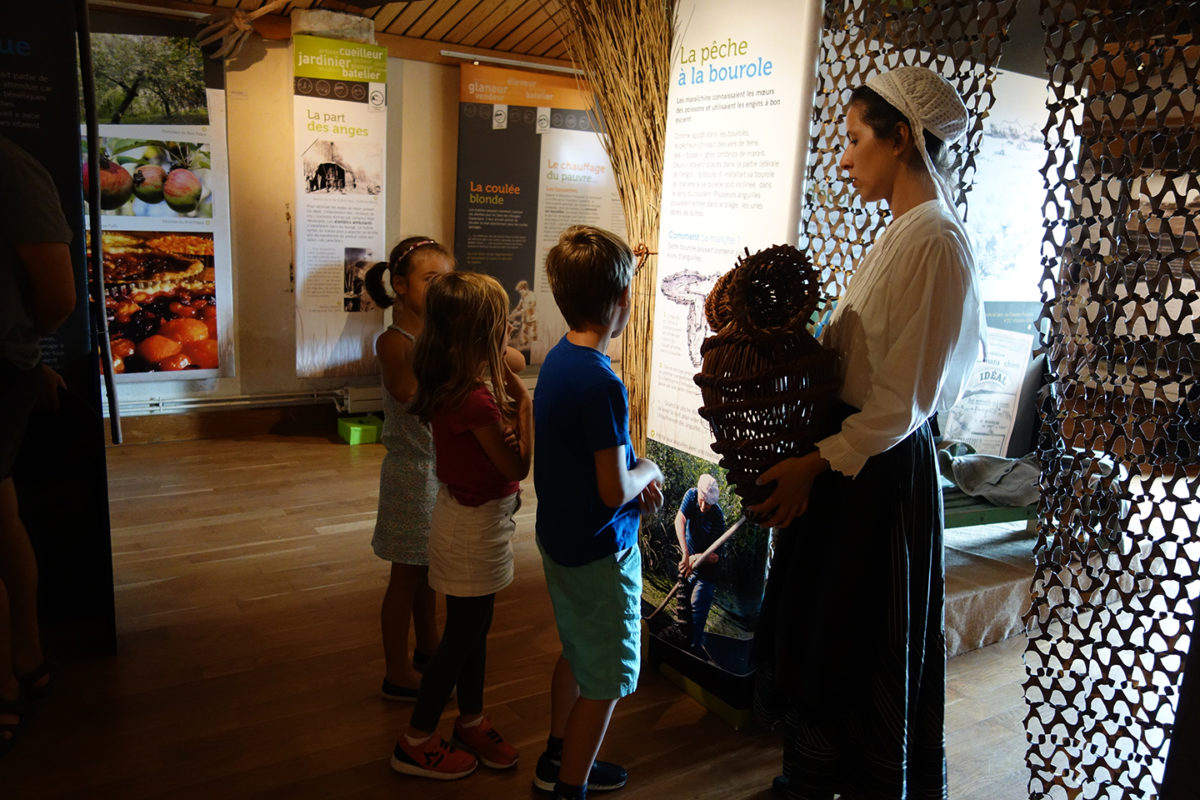
Comments
No comments.